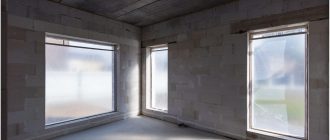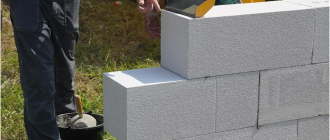The metal lathe for the house is a device that is a miniature copy of the factory unit and is used to perform various technological operations. The compactness of such a machine allows you to place it in a small home workshop or garage. This article discusses the main types of small-sized machines, their technical characteristics, as well as provides advice on choosing.
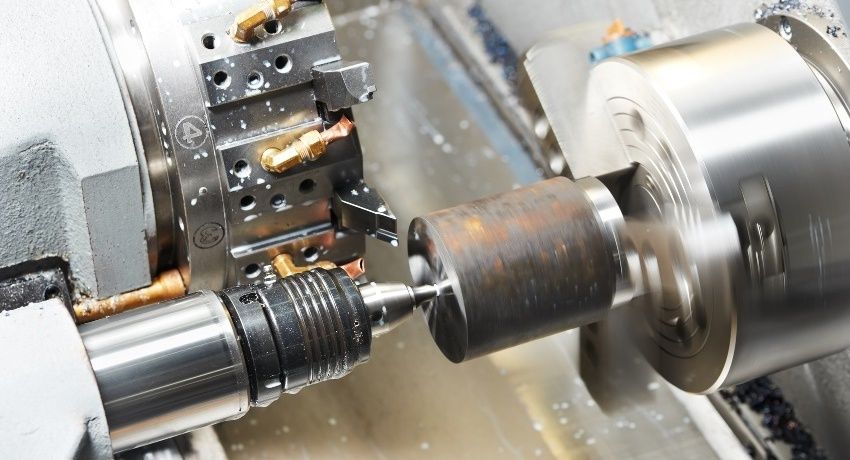
Varieties of metal turning lathes
The main factor that influences the choice of such equipment for the home is the purpose. Before buying such a small machine, you need to know exactly what it will be used for.
Depending on the destination, all turning units are divided into three main types:
- desktop;
- semi-professional;
- professional.
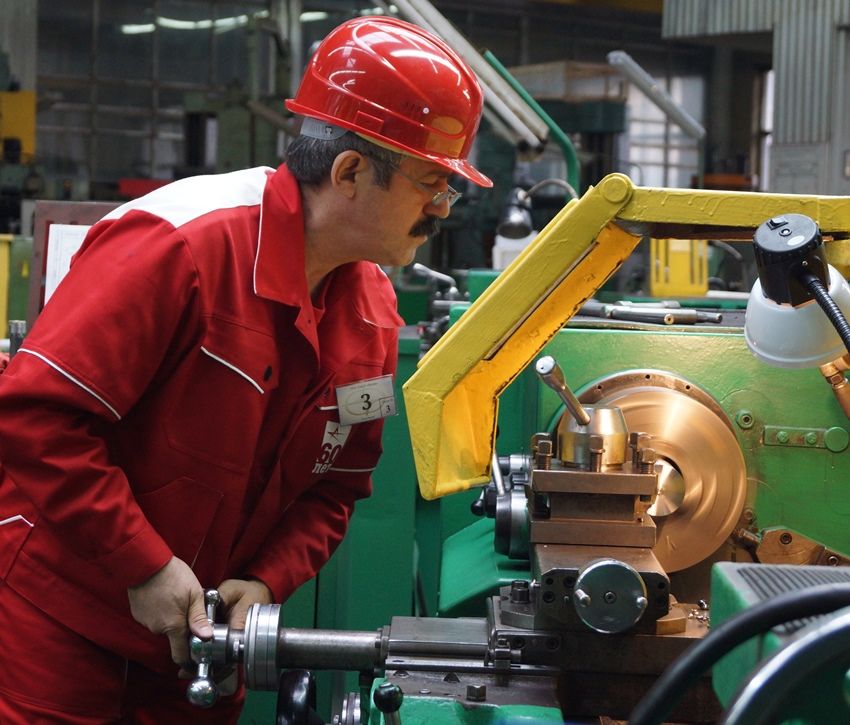
Desktop devices for private use in the home are distinguished by their small dimensions and, accordingly, weight. The minimum weight of such micro-stations is 13 kg, and the maximum does not exceed 100 kg. In turn, semi-professional floor options, which are also often used in home workshops, can weigh up to 400 kg. Power desktop unit comes to 400 watts.
Semi-professional machines are also used in small industries and are more powerful (up to 1000 watts) and functional. As a rule, such units combine in themselves, in addition to turning functions, two more: drilling and milling. Such an expansion of capabilities significantly increases the functional affiliation of machines.
Professional units are installed in large and medium-sized industries. They are often controlled by software. They have large dimensions and weight.
For home use, only the first type of machine is suitable. Depending on the method of processing parts, they are divided into three main types:
- turning and milling;
- screw-cutting;
- combined.

Turning and milling machines for metal are used, as a rule, for removing chamfers from workpieces, as well as for organizing holes and facing. The second type of desktop devices is used for sharpening parts and threading them. In turn, the combined devices used in the home are capable of performing all of the above functions.
Such units are adapted for machining metal parts that are small in size. The use of such a unit allows you to perform the following operations:
- grinding parts in the form of a cylinder or a cone;
- trimming the ends of the parts;
- grinding;
- the organization of holes by drilling;
- expansion holes;
- drawing a carving (both external, and internal).
Useful information! The processing of various parts on a home lathe is performed at a much slower speed than on professional equipment. However, this does not affect the quality of the finished product, especially if the operation of the unit is regulated by the numerical control system (CNC).
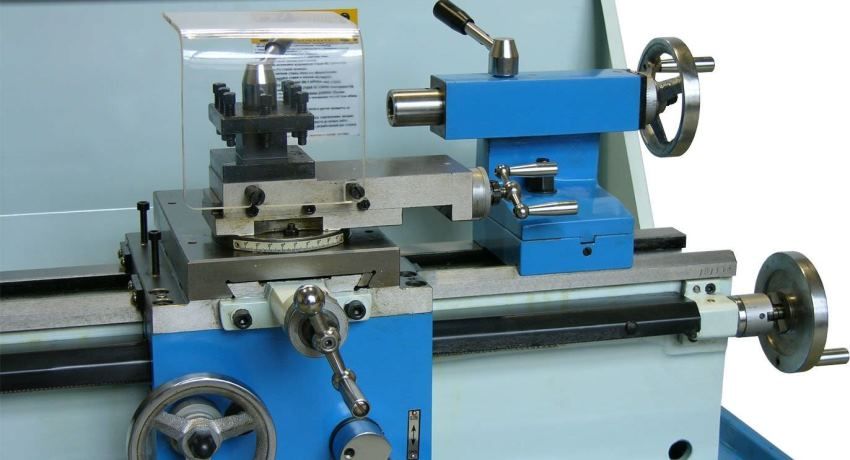
Small devices of this type are able to perform many functions. They have been applied not only at home, but also in small workshops, as well as in car repair shops. Since the times of the USSR, such mini-machines have been used for teaching turning children to schoolchildren and students of professional technical institutions.
Thus, small-sized turning units are used for different purposes. They are indispensable and useful devices that allow technical operations with small details. You can buy a metal lathe for your home at any specialized store or on the Internet.
Units of this type have a number of advantages over large-sized, professional devices. For example, for the operation of such equipment, a standard household electric network is sufficient, the voltage of which is 220 V. If desired, a mini-machine can be adapted for connection to a network that has a voltage of 380 V (three-phase).
Another important advantage of the home turning unit is that it consumes a small amount of electricity during operation. The shelf life of microstates of this type can reach several decades. How much it will serve you depends directly on two factors: proper use and timely service.
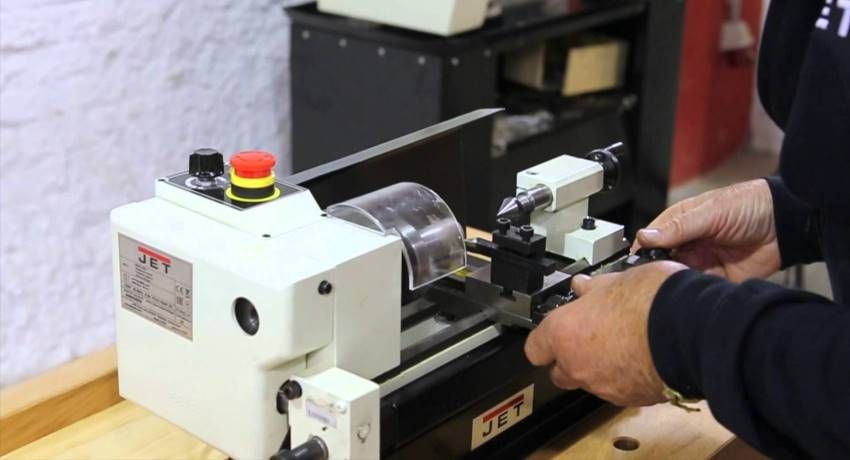
Due to its compactness, such a micro-machine can be placed in any suitable room (room in an apartment, garage, etc.). Aggregates of this type allow you to quickly learn how to handle metal parts for beginner turners. It is also worth saying that the cost of turning machines for a home is more than affordable for most people.
And finally, an important advantage of such devices is also the fact that they can be equipped with additional devices. This allows them to milling of metal parts, which greatly expands their operational spectrum.
From a constructive point of view, such units are quite complex devices, since they copy industrial machines. Consider the main components:
- bed frame;
- spindle (front) knot or headstock;
- caliper
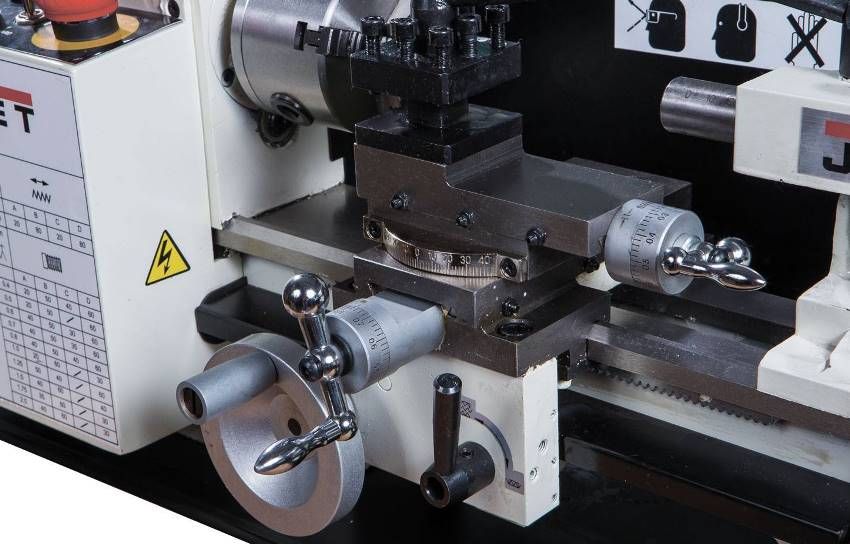
The bed is the basis of any machine that is supplied with holes for fixing to the working surface (for example, a table). As a rule, this element is made of cast iron and is equipped with guides for other nodes.
The support performs two important functions, namely: fixing the machining tool and changing its position during operation. As a processing device can be:
- drill;
- cutter;
- countersink.
The front assembly includes an electric motor, spindle, drive and gearbox. Thanks to these components, the shaft is rotated and this effect is transmitted to the second node.
In most cases, the drive of a home turning machine used to machine metal parts is driven by a V-belt. Some units have a speed control feature. To do this, the V-belt is rearranged from one hollow of the pulleys to another.
Note! Sometimes, in order to provide a more precise speed setting, a mini-machine is equipped with an additional electric type regulator. The undeniable advantage of a belt drive is that its presence reduces the risk of engine burnout if the workpiece is stuck.

On the smallest lathes often install a caliper with limited functionality. It is a holder for the cutter, which has one place and two positions. A machining device in such an element can only be used for boring or external turning. From this it follows that to perform other work will require a change of the incisors themselves, as well as their position.
The design of lathes used for training in schools, as a rule, is a classic. Differences between devices determine their purpose and functional features. There are two types of school mini-machines, depending on their performance:
- desktop;
- floor standing
They include the frame, which is made of cast iron or steel sheet metal. It establishes the main units of the unit, namely: the front node (grandmother), rear node, lock cutters, and caliper. There are some design features of school units, which are due to the simplicity of the design. Consider them:
- school lathes are not equipped with a gearbox;
- speed change is made by a belt drive;
- the spindle head has a simpler design;
- the basis of the unit does not have a special notch, which is designed to work with large-sized parts.
In such devices, the flow of fluid necessary for cooling equipment is carried out by an integrated system. If there is none, then the cutting fluid is applied manually.

In the mini-machine tools for processing metal workpieces must be present another important element – the mechanical brake. It is necessary in order to reduce the scrap rate during the processing of metal parts.
In amateur workshops, which are often located in garages, school mini-machines are often used. There are three main varieties of such small aggregates.
Features of the lathe for the garage for TV-4
This unit is one of the most popular and common in the CIS. Active use in schools of such a machine began in Soviet times. It was then that they began to call it “educational TV-4.” However, the functionality of this unit allows you to use it for a variety of tasks.
The main advantage of the TV-4 is its compactness. Due to this, such devices are still used in home workshops. For processing various metal parts in the garage are used not only desktop devices, but also having their own basis.
Characteristics of the TV-4 lathe (outdoor):
- power rating is 1 kW;
- the required voltage of the electrical network is 220 V;
- the maximum length of the part that can be processed on such a unit is 30 cm;
- maximum billet cross-section indicator – 200 mm;
- the number of revolutions per minute – up to 710;
- weight – about 280 kg.
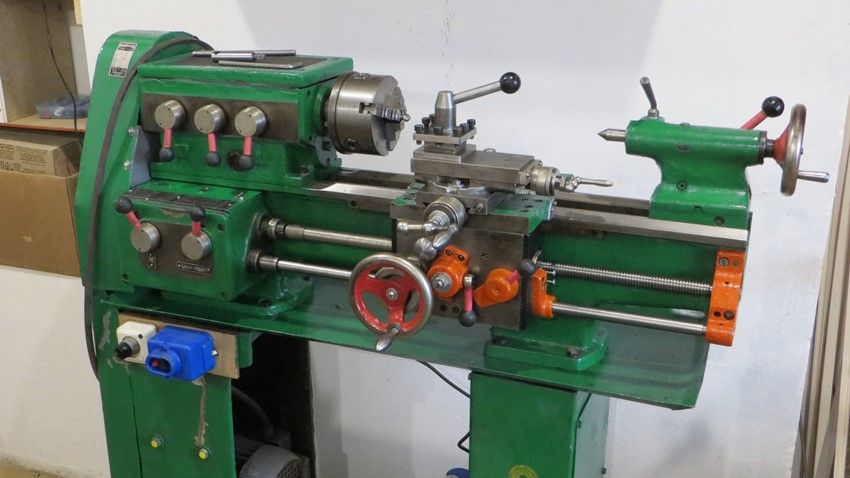
Useful information! You can buy such a model in any online store where there are many offers for the sale of not only whole units of this type, but also their components. However, it is necessary to buy a used device, since finding a model that was not in use is almost impossible.
The price of the TV-4 lathe varies from 25,000 to 65,000 rubles. Its cost is affected by the condition and functional equipment of the structure.
Characteristics of the screw-cutting machines TV-6
The unit of this type is also actively used in the schools of the USSR. TV-6 is used to perform the most simple technical operations, including:
- drilling holes;
- trimming the ends;
- cutting off part of the part;
- drawing a metric carving;
- boring blanks (cylindrical and conical).
TV-6 mini-machines are used to machine parts made from non-ferrous metals or steel. The limited possibilities are due to the fact that the processing of products from other materials leads to dusting of the room in which the unit is located. The release of dust can harm the health of the master.
Consider the main characteristics of this model:
- power rating is 1.1 kW;
- voltage of the electrical network required for operation of the machine – 220 V;
- maximum length of the part for processing – 35 cm;
- the maximum cross section of the workpiece, with which you can work – 200 mm;
- the number of revolutions per minute – up to 700;
- weight – about 300 kg.

Despite the fact that the maximum length of the product, which can be processed on the TV-6, is 35 cm, the length of the groove of the part is possible only over an interval of 30 cm.
Small dimensions are a big advantage of this metal lathe. Buy a used model of this type is possible for 35000-70000 rubles. TV-6 is perfect for working with metal parts in the home workshop.
TV-7 machines: the main differences from TV-6
The turning unit of this type is an improved version of the device TV-6. The main differences between these two models are in the device gearbox. It is also worth saying that the TV-7 differs from the TV-6 in the design of the spindle head.
Useful information! Masters are advised to monitor the cleanliness of the workplace and check the presence of oil in time.
And another rule that must be observed when working with such a device – in no case should you leave the lathe turned on unattended. Video, which describes in detail all the subtleties of work on such units, can be easily found on the Internet.
Despite the large variety of models of desktop units used to process metal parts, they all have common principles of operation. And they are able to perform many tasks, as well as professional models. Having studied the basic technical characteristics of different models, you can easily make a choice of a desktop lathe for metal. Buy a similar unit can be in any specialized store or order online.
